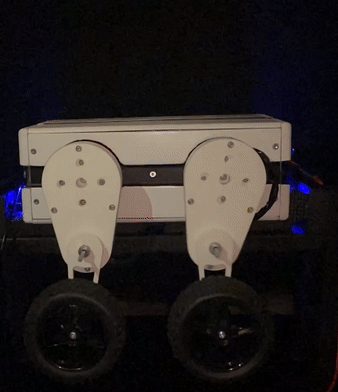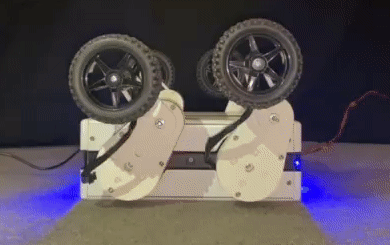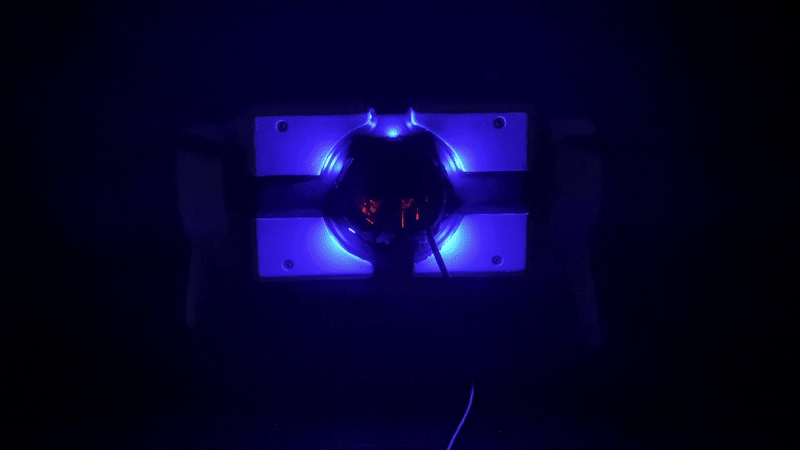Robotic Explorer for Hypothesized Surfaces – FAMU – FSU
INSTITUTION
Florida A&M University, Florida State University and Arizona State University
CLASS
Cobalt Class (2019 – 2020)
STUDENT TEAM
Devon Foster, Mechanical Engineering
Justin Larson, Mechanical Engineering
Alexander J. Legere, Electrical Engineering
Sharice Lewis, Engineering Management
Chris Lopes, Electrical Engineering
Sadzid Pajevic, Mechanical Engineering
ACADEMIC GUIDANCE
Dr. Jerris Hooker, Teaching Faculty, Electrical & Computer Engineering, FAMU-FSU School of Engineering
Dr. Joe Juarez, Lecturer, School of Computing, Informatics, and Decision Systems Engineering, ASU
Dr. Shayne McConomy, Teaching Faculty, Mechanical Engineering, FAMU-FSU School of Engineering
PROJECT DESCRIPTION
The Psyche mission is set to launch in 2022 and arrive at the asteroid in 2026. It is an orbiter mission and will not land on the surface. Instead, it will spend 21 months performing science operations from four staging orbits, which become successively closer. This will be NASA’s first space mission to a world likely made largely of metal, rather than rock or ice. The Psyche mission will take a giant step forward in our understanding of this mysterious world. It is possible to imagine, however, that after learning about Psyche from orbit, there may be scientists and engineers interested in proposing a subsequent mission to actually land on the asteroid to explore and sample its surface. Capstone teams are invited to take on that challenge!
Designing to the range of hypothesized surfaces that might be found at Psyche (and keeping in mind other constraints such as its gravity), the team is designing and prototyping a robotic explorer capable of efficiently traversing each of the hypothesized surfaces of Psyche and, ideally, able to adapt to each of them mid-traverse. Hypothesized surfaces may include: mostly flat metallic surface, flat metallic with metal and/or rocky debris, rough/high-relief metallic and/or rocky terrain, high-relief metallic crater walls.





